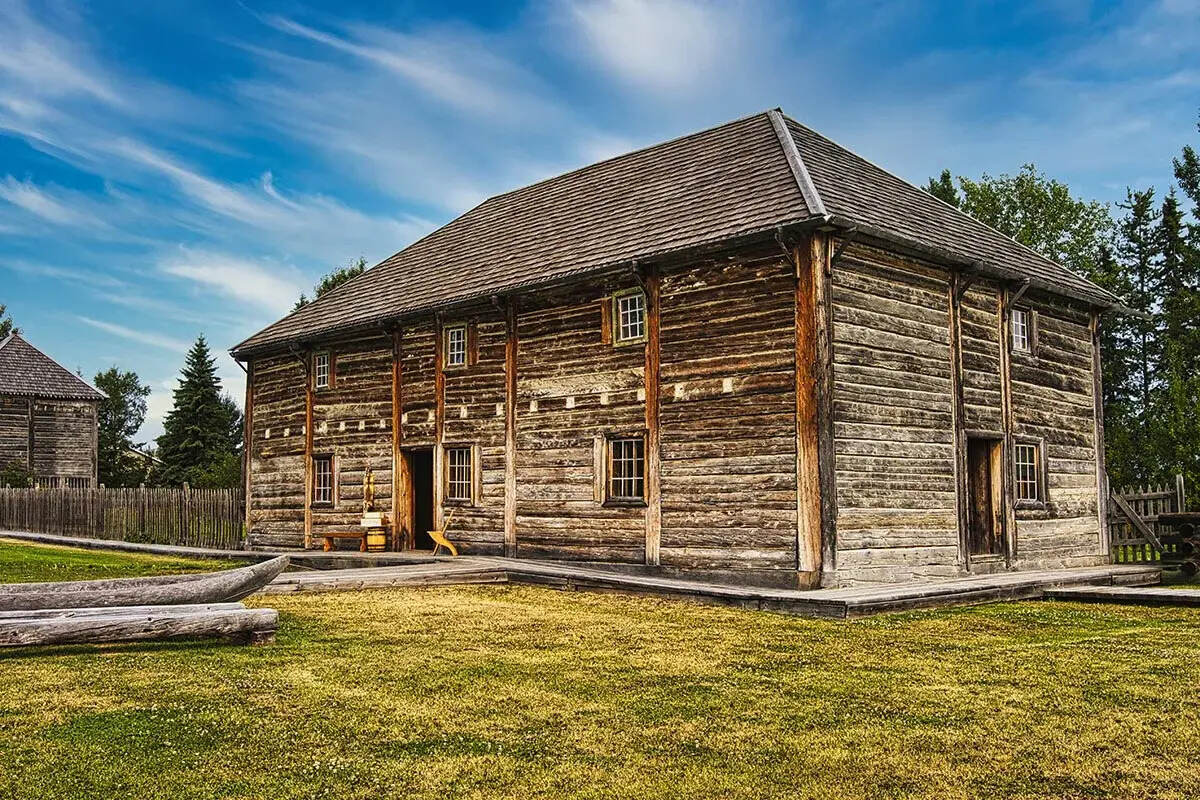Hidden Fur Trading Posts Of The Hudson’s Bay Company

Have you ever wondered about the hidden fur trading posts of the Hudson's Bay Company? These posts played a crucial role in shaping North America's history. Established in the 17th century, the Hudson's Bay Company set up numerous trading posts across vast, uncharted territories. These posts weren't just places for trading furs; they became hubs of cultural exchange, survival, and exploration. From the icy tundras of the Arctic to the dense forests of the Canadian Shield, each post had its unique story. Join us as we uncover the secrets and adventures that took place at these historic sites.
Hidden Fur Trading Posts of the Hudson's Bay Company
The Hudson's Bay Company (HBC) played a crucial role in North American history. Their fur trading posts were scattered across vast territories, often in remote and hidden locations. Let's uncover some of these lesser-known posts that were integral to the fur trade.
Remote Outposts in the Canadian Wilderness
Many HBC posts were located in the heart of the Canadian wilderness, far from bustling cities. These outposts were essential for trading with Indigenous peoples and trappers.
York Factory
Situated on the shores of Hudson Bay, York Factory was a major hub for the fur trade. It served as a gateway for goods coming from Europe and furs heading back.Fort Severn
Located at the mouth of the Severn River, this post was one of the oldest HBC trading posts. It played a key role in the trade network of northern Ontario.Moose Factory
Found on Moose River, this post was crucial for trading with the Cree and other Indigenous groups. It also served as a supply depot for other posts in the region.
Hidden Gems in the Prairies
The vast prairies of Canada and the northern United States were dotted with HBC trading posts. These locations were often hidden in plain sight, blending into the landscape.
Fort Edmonton
Nestled along the North Saskatchewan River, Fort Edmonton was a key trading post in the prairies. It later evolved into the city of Edmonton, Alberta.Fort Qu'Appelle
This post was located in the Qu'Appelle Valley, an important area for trade with the Plains Cree and Assiniboine peoples. It was a bustling center of activity during the fur trade era.Fort Carlton
Situated on the banks of the North Saskatchewan River, Fort Carlton was a vital link in the trade network. It served as a meeting place for trappers, traders, and Indigenous peoples.
Coastal Trading Posts
The HBC also established posts along the coasts, where they could easily access maritime routes. These posts were often hidden in remote bays and inlets.
Fort Vancouver
Located on the Columbia River, Fort Vancouver was a major trading post on the Pacific coast. It served as the headquarters for the HBC's Columbia Department.Fort Langley
Situated on the Fraser River, Fort Langley was a key post for trade with coastal Indigenous groups. It played a significant role in the development of British Columbia.Fort Rupert
Found on Vancouver Island, Fort Rupert was established to trade with the Kwakwaka'wakw people. It was an important post for the HBC's coastal operations.
Northern Outposts in the Arctic
The Arctic region posed unique challenges for fur traders, but the HBC established posts even in these harsh environments.
Fort Churchill
Located on the western shore of Hudson Bay, Fort Churchill was a crucial post for Arctic trade. It served as a base for expeditions into the far north.Fort Resolution
Situated on Great Slave Lake, Fort Resolution was one of the northernmost HBC posts. It played a key role in the trade network of the Northwest Territories.Fort McPherson
Found on the Peel River, Fort McPherson was an important post for trade with the Gwich'in people. It was one of the most remote HBC outposts.
Lesser-Known Posts in the Eastern Woodlands
The eastern woodlands of Canada and the northeastern United States were home to several hidden HBC trading posts. These locations were often overshadowed by more famous posts.
Fort Albany
Located on the Albany River, Fort Albany was a key post for trade with the Cree and Ojibwe peoples. It was one of the oldest HBC trading posts in the region.Fort Temiscamingue
Situated on Lake Temiscamingue, this post was crucial for trade with the Algonquin people. It served as a gateway to the interior of Quebec and Ontario.Fort William
Found on the shores of Lake Superior, Fort William was a major post for the fur trade. It later became an important hub for the Canadian Pacific Railway.
Discovering History's Hidden Gems
Exploring the hidden fur trading posts of the Hudson's Bay Company offers a unique glimpse into North America's past. These posts were more than just trading hubs; they were lifelines for settlers and Indigenous communities. Visiting these sites today, you can almost hear the echoes of bustling trade and cultural exchanges. From the rugged landscapes of Fort Vancouver to the remote beauty of York Factory, each location tells a story of survival, commerce, and cooperation.
Learning about these posts helps us appreciate the complex history that shaped modern Canada and the United States. Whether you're a history buff or just curious, these hidden gems provide a fascinating look into a bygone era. So next time you're planning a trip, consider adding a visit to one of these historic sites. You'll walk away with a deeper understanding of our shared heritage.

